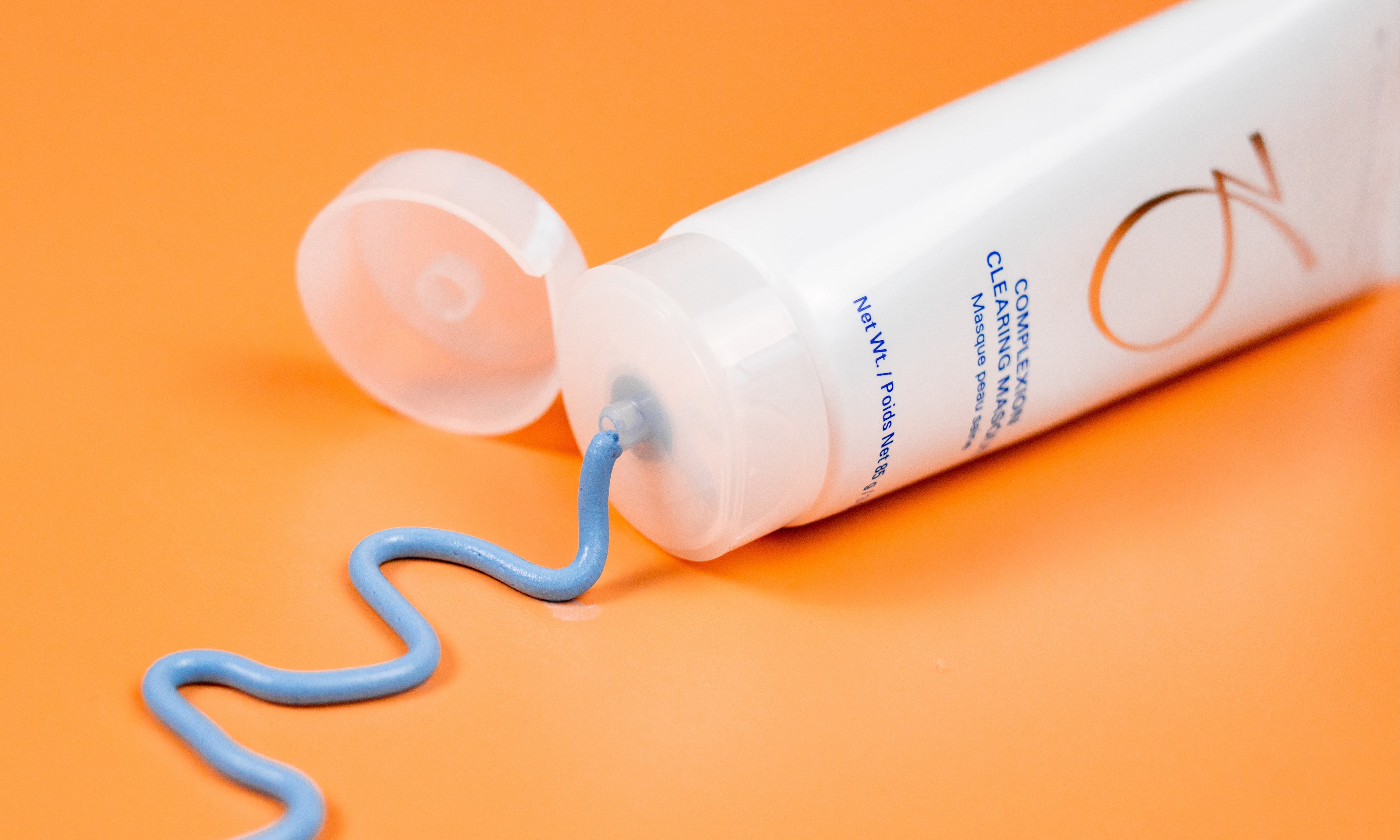
SKIN PURGING
You’re excited to start a fresh skincare routine, ready to pave the way for your best skin. And then, out of nowhere: you notice you are starting to breakout. Cue the panic!...but don’t freak out just yet.
It is possible (and entirely normal, for that matter) that the start of a new skincare regimen triggers some new flare-ups that may leave you wondering whether this treatment is a good decision after all. The good news is, there is no reason to be alarmed. You are experiencing skin purging––a transitional period for your skin as you introduce a new product or treatment and before you actually begin reaping its full benefits.
WHAT IS SKIN PURGING?
The term ‘purging’ refers to your skin’s reaction to an active ingredient that increases cellular turnover rate. As the skin’s cellular turnover speed is increased, it starts to shed dead skin cells at a faster rate than what it’s used to.
Now, this isn’t a bad thing at all. Products that increase cellular turnover are made to expose the fresh skin underneath and reveal clearer younger-looking skin. Think retinoids, exfoliating acids (AHA/BHAs) as well as certain facials that involve chemical peeling.
Oftentimes, whenever you introduce a new product, whether it be a new cleanser or a new peeling serum, it is inevitable that the other stuff trapped underneath your skin’s outer layer will rise to the surface. Excess sebum, flaky skin, or the bacterias that cause acne will rise and cause these dreaded breakouts.
Behold...the purge!
WHAT IS THE DIFFERENCE BETWEEN A PURGE AND A BREAKOUT?
A common question you may ask yourself is whether your skin is purging from a product doing its job, or whether you are breaking out as a reaction to a product.
Here’s how to break it down:
- A purge will show up in the areas where you most frequently break out. It will also disappear much faster than your average pimple.
- A breakout caused by a new product (or a bad reaction to its ingredients) will happen in areas where you don’t typically break out. These will also take much longer to dissipate. In these cases, it is best to discontinue the use of the new product ASAP — because, clearly, it may not be right for your skin.
WHAT SHOULD YOU DO IN THE EVENT OF A PURGE?
We suggest taking the gentle route: a gentle cleanser, a soothing moisturizer, and an SPF during the day. What we don’t recommend is cutting out the retinoid or exfoliator that’s causing the purge in the first place.
Sounds contradictory, right? It may be tempting to stop using such products at first, but we promise: resisting the temptation is worth it! Your skin is simply going through a phase; and the good news is, it should only take one full skin cycle (4-6 weeks) to get through the worst of it. Everyone’s skin is unique, so that time frame can differ from person to person. Generally speaking, dermatologists say purging should be over within four to six weeks of starting a new skincare regimen.
If your purge lasts longer than six weeks, it could be that you need to adjust the dosage and/or frequency of application. But trust us...it’s worth the wait!
Until next time: take care of the skin you are in,
The BSE Team

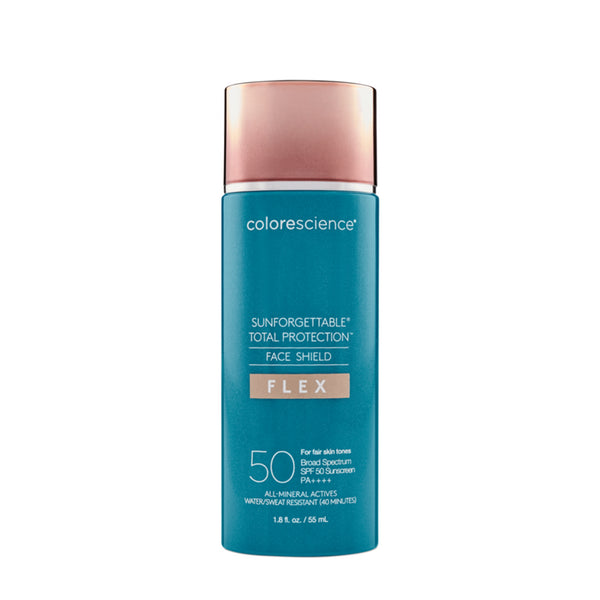
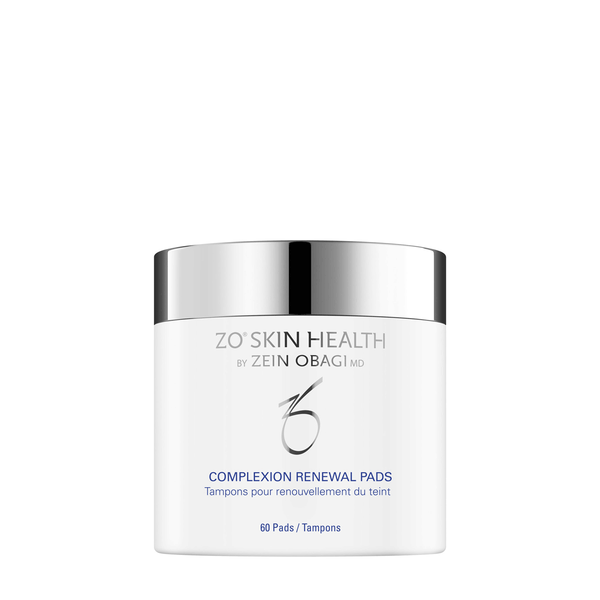
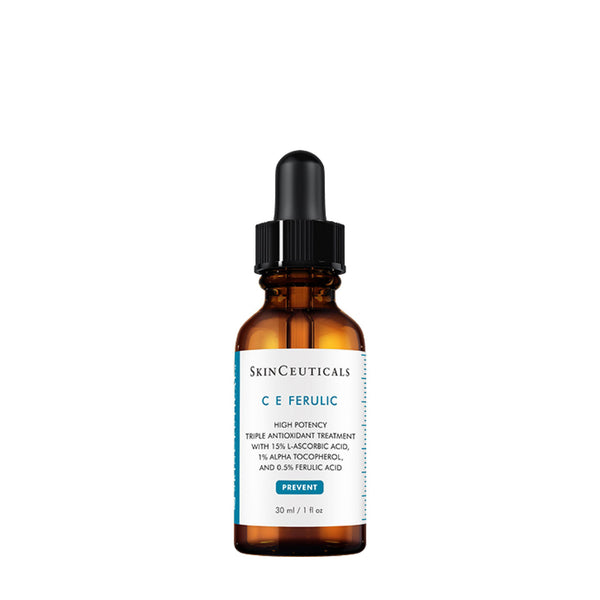
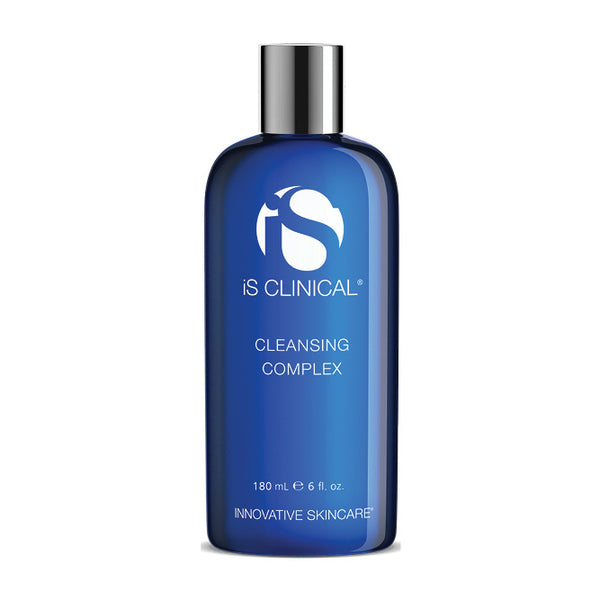
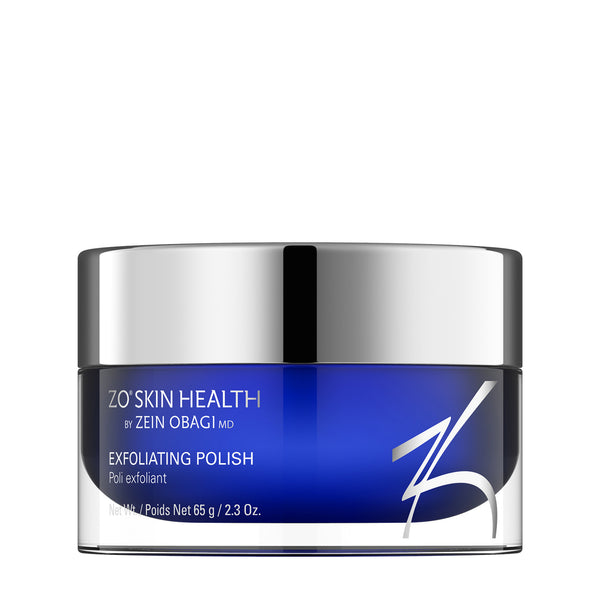
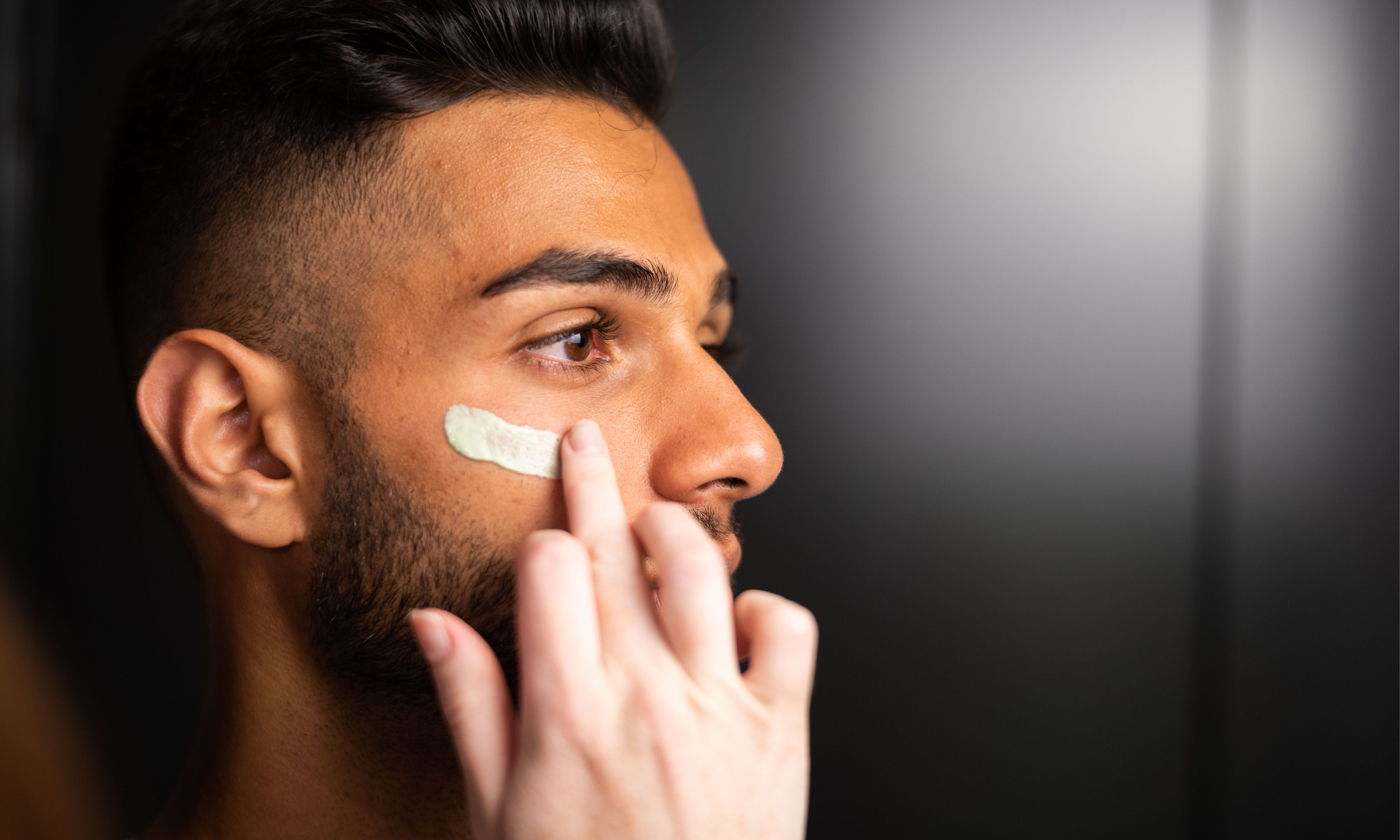
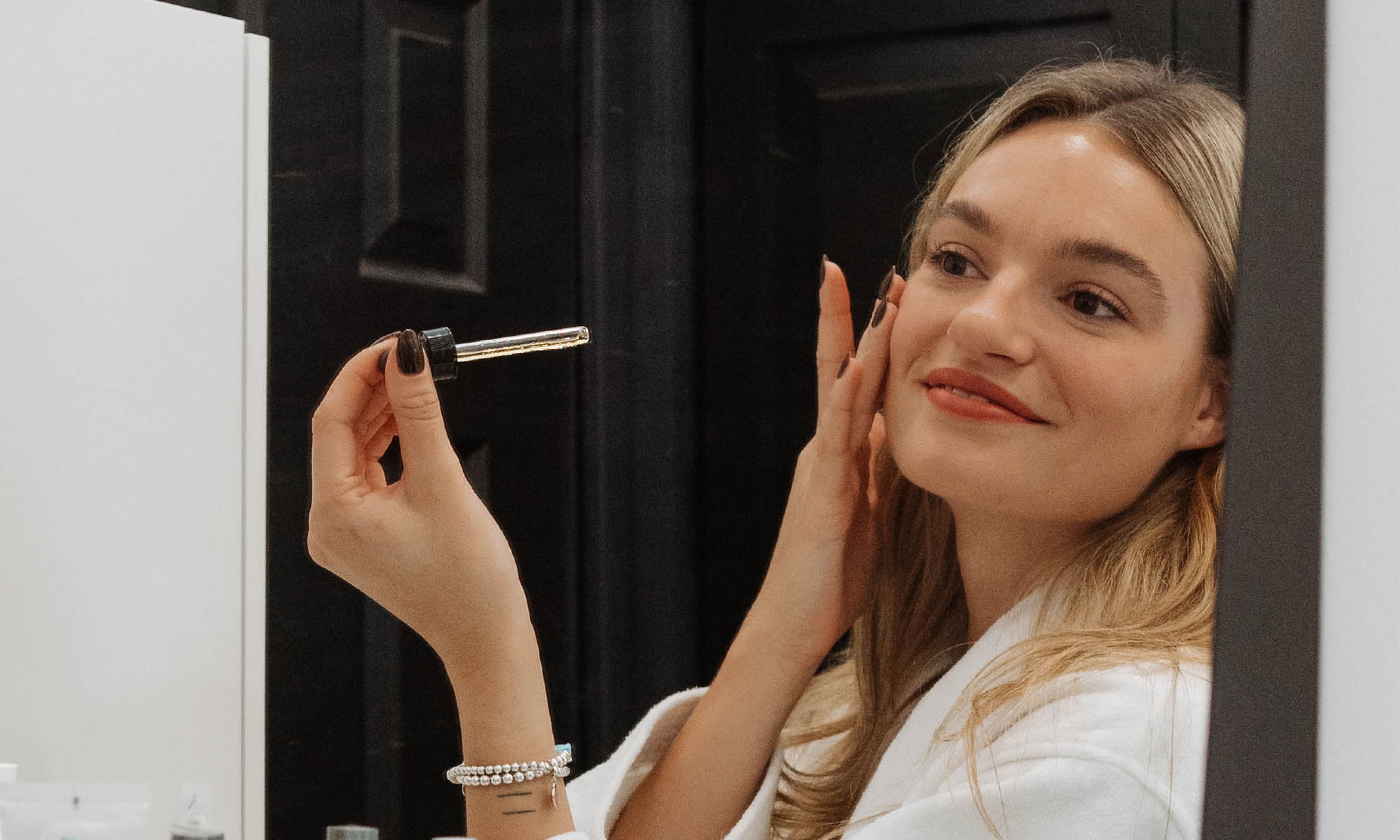



Leave a comment